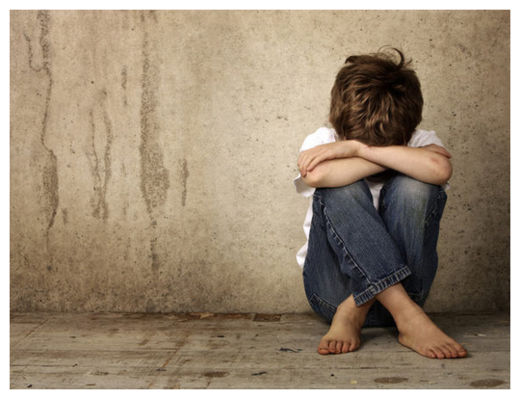
© Unknown
The musician Paul Simon came to fame collaborating with his childhood friend Art Garfunkel, yet launched another chapter with his
Graceland album, collaborating with musicians from Soweto. Ratan Tata made his name expanding his family's firms in India, yet in recent decades has reached even greater success helping foreign firms such as Daewoo and Jaguar find new markets.
Whether artists, entrepreneurs, or executives, some individuals are especially able to bridge cultural gaps and leverage foreign ideas and opportunities. Why can some people collaborate creatively all around the world while others succeed only with people quite similar to themselves? Are there psychological characteristics that distinguish global collaborators? Do they form different kinds of relationships?
New research by Michael Morris, the Chavkin-Chang Professor of Leadership at Columbia Business School, finds that mindfulness about cultural assumptions is a key driver. People who are habitually aware of their cultural frameworks tend to develop more affectively trusting relationships with people from other cultures, opening the free flow of ideas that is intrinsic to creative collaboration. The paper, published in
Organizational Behavior and Human Decision Processes, is led by former Columbia Business School doctoral student Roy Y.J. Chua (currently an assistant professor at Harvard Business School) and co-authored by current Columbia Business School doctoral student Shira Mor.
The globalization of business is increasingly creating demand for managers adept at working creatively with people from diverse backgrounds. Researchers have drawn attention to individual differences in cultural metacognition, the proclivity to reflect on and fine-tune one's cultural assumptions when interacting with others. In three studies using different ways of measuring cross-cultural collaboration, Morris's research team found that success can be predicted from an individual's cultural metacognition score, assessed with a survey inventory beforehand.
The first study asked business executives for lists of people from other cultures with whom they have worked over the course of their careers. The researchers then tracked down these associates and surveyed them about many aspects of the executive's management style, including the executive's success in collaborating creatively across cultural lines. These scores of intercultural collaboration success (from the vantage of individuals from different cultures) could be predicted by an executive's cultural metacognition score even when personality and other standard individual differences were controlled.

Comment: Stimulation of the vagus nerve, which the Éiriú Eolas program does wonderfully, also triggers the release of ocytocin. Learn more about the ocytocin releasing effect of the Éiriú Eolas program here.